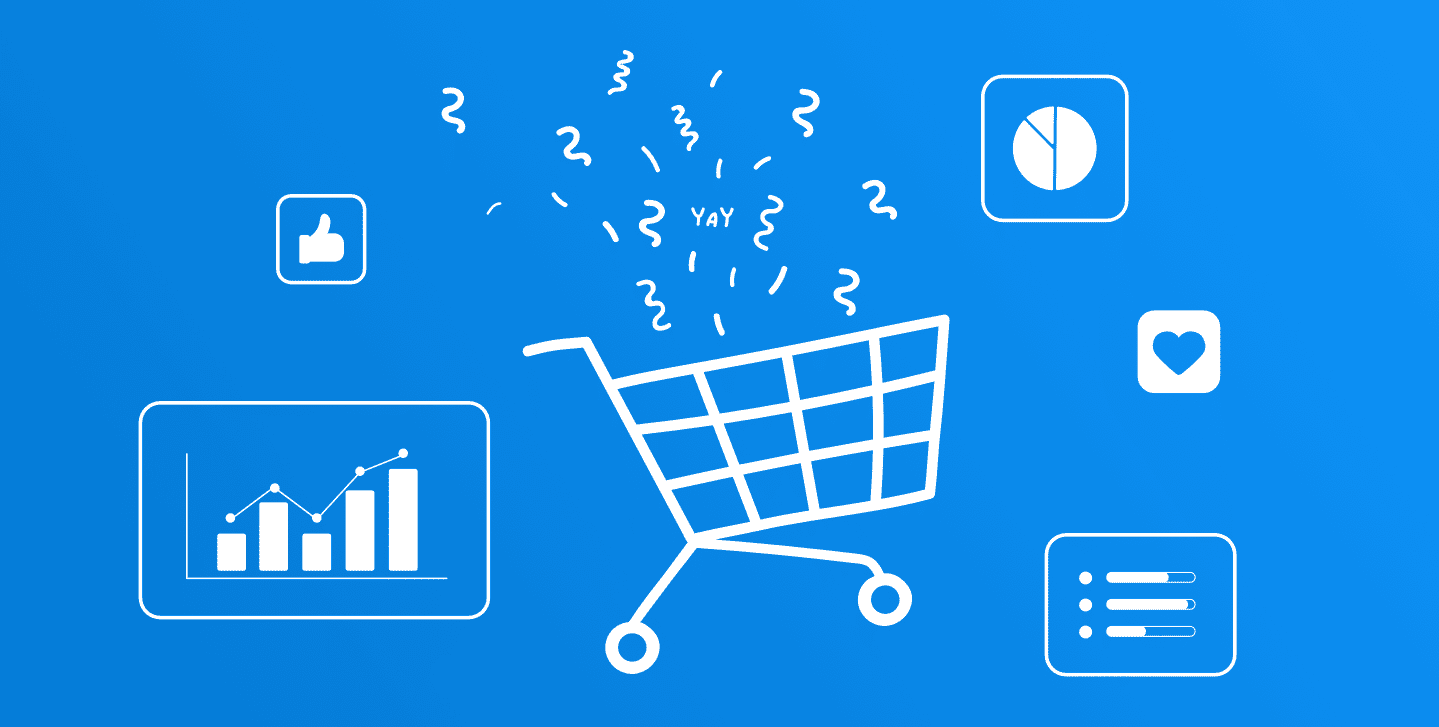Headless commerce is the future of ecommerce, and it’s here to stay. The technology and its trends are set to continue in 2022 as businesses continue to look for better solutions to compete in the digital-first economy. Here are the top three headless commerce trends you can expect to see this year and next.
1. Increased Focus on Customer Experience
Since Headless Commerce architecture was born out of ecommerce vendors’ need to improve user experience, the technology has been focused on UX for over a decade. It is only recently brands started using Headless Commerce to improve customer experience.
Like most people, you may wonder what the difference is between user experience (UX) and customer experience (CX).
UX analyst and technology blogger Caroline White explains UX focuses on the end-user, the person using the product or service. In contrast, CX concentrates on the customer. Often, the customer uses the service or product themselves, but they might sometimes purchase it on someone else’s behalf.
CX is especially crucial for businesses to get right. According to a report, 42 percent of customers said they would pay more for a warm and friendly encounter.
Good CX helps give customers pleasant interactions with the company representatives and have a more positive overall experience with the brand.
2. The Emergence of Blockchain Technology
Although Headless Commerce has improved the way ecommerce businesses manage their store’s front-end presence, little innovation has been made to back-end commerce. The emergence of blockchain technology could change all that.
Mert Damlapinar, eRetail Strategic Director at L’Oréal and a MIT Technology Review Global Panel member, believes blockchain will take over the ecommerce industry within the next five years.
In “The Impact of Blockchain on the Retail, CPG, and Digital Marketing,” Damlapinar details his analysis and predictions, including:
- Greater Transparency: Blockchain will allow ecommerce businesses to operate on a decentralized network, improving transactions and transaction validations.
- Enhanced Security. Blockchain offers superior security to ecommerce businesses.
- Increased Efficiency and Speed. Blockchain will streamline, automate, and speed up business processes like transactions, clearing, and invoice settlements.
With the implementation of blockchain applications and headless commerce architecture, ecommerce businesses can expect to see an increase in sales and customer satisfaction in the future.
3. Ecommerce Microservices
Brands and retailers are continuously looking for ways to keep up with the massive growth of ecommerce, which is predicted to reach a market size of $3.5 trillion by 2025. Among the new systems top ecommerce brands like eBay, Etsy, and Gilt use are microservices.
Microservices are touted as the new way of building scalable and agile infrastructures. However, they are relatively new, and what exactly they are still up to debate. Perhaps the best definition comes from Janakiram MSV, Principal at Janakiram & Associates. He explains:
“Microservices are fine-grained units of execution. They are designed to do one thing very well. They contain everything from the operating system, platform, framework, runtime, and dependencies packaged as one unit of execution. A microservice architecture [MSA] promotes developing and deploying applications composed of independent, autonomous, modular, self-contained units.”
From an ecommerce perspective, microservices are an effective way to manage typical ecommerce challenges like traffic peaks during Black Friday and test out the latest trends like voice assistants, payment methods, or progressive web apps without huge risks.
Most recently introduced solutions are built using headless commerce and are entirely compatible with systems created using a microservices architecture.
Microservices are also an effective way to build complex omnichannel systems.
You have to integrate each piece of information about products, shipments, stocks, and orders and keep it all up to date to meet your consumers’ expectations in an omnichannel system. Even though there are some one-stop solutions, microservices allow businesses to combine the best-in-class POS, ERP, or WMS systems and synchronize them with existing processes through API gateways.
Final Thoughts
Headless commerce will continue to grow in popularity in 2022 and beyond due to its ability to provide a better user experience and increase efficiency. Businesses that fail to adopt this technology will likely fall behind their competitors. To stay ahead of the curve, be sure to keep an eye on the latest headless commerce trends and implement them into your business strategy.
Want to take your business to the next level? Jarvis can help!
It’s easier to save time, find the right people, and fill your available positions faster with Jarvis.
Jarvis are a global leader in SaaS recruitment services. We partner with our clients to scope the needs of the positions to determine the core skills and qualifications required for the job.
Whether you’re trying to quickly fill an open position or determined to find your next rockstar employee, we’re here to help.
Get in touch with us today, and let’s work together to make your business the success it should be.

